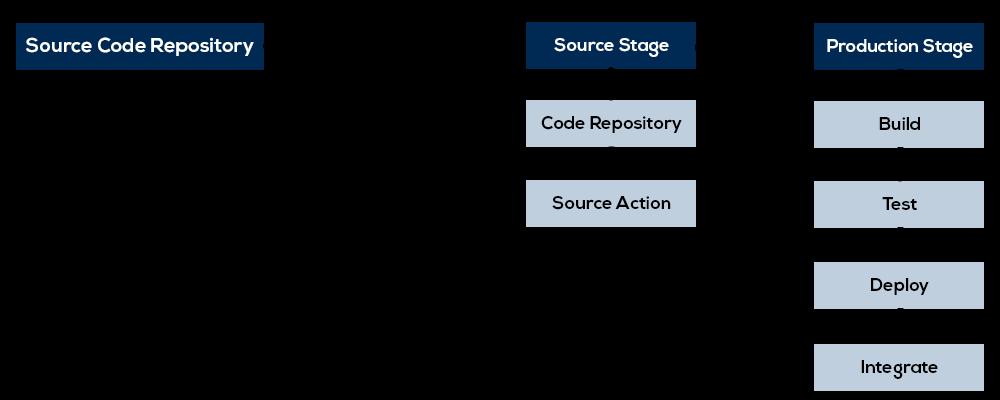HowToEffectively BuildAnInitialLevel



According to Tom Hall at Atlassian, A DevOps pipeline is a set of automated processes and tools that allows both developers and operations professionals to work cohesively to build and deploy code to a production environment. While a DevOps pipeline can differ by organization, it typically includes build automation/continuous integration, automation testing, validation, and reporting. It may also include one or more manual gates that require human intervention before code is allowed to proceed.

Practice of continuously integrating modified/changed codebase into existing code base by monitoring any conflicts between different developers’ code changes. The whole purpose is to identify and provide resolution to any code conflict.
Continuous delivery ensures that the application code is always in a stable and readyto release state. Deployment refers to deploying the latest version of the application into the production stage with proper validation, robustness, and security protocols.

It deals with the validation and verification of all the modified code before it goes to production. Moreover, it means automated testing of the pipeline that incorporates unit testing, smoke testing, functional testing, in fact, complete testing
It is more related to the uptime of the application. This practice is applied to minimize downtime for end users. Different development teams use it differently in their environment. The whole idea is to sustain the newly deployed application with minimum disruption to the business— means running the application around the clock.m
DevOps trends will continue to transform the landscape of application development. However, to successfully execute the DevOps initiative, companies should start from where they currently are. Whatever barrier they face, these barriers should be seen as opportunities to evolve, improve, and remain flexible to demanding business needs. DevOps is a mindset not a technology.
